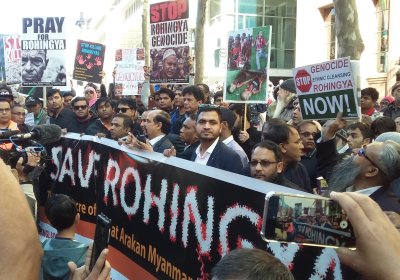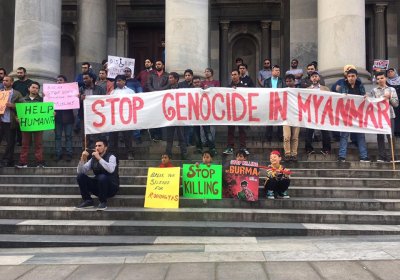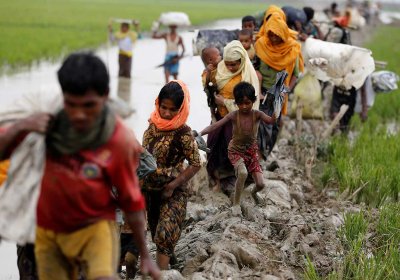In a September address to the United Nations Human Rights Council, top UN human rights official Zeid Ra’ad al-Hussein, described the Myanmar military’s attacks on Rohingya as being “a textbook example of ethnic cleansing”.
Satellite photos show the Myanmar security forces and local militia burning entire Rohingya villages to the ground. There are consistent accounts of extrajudicial killings, including the shooting of fleeing civilians.











